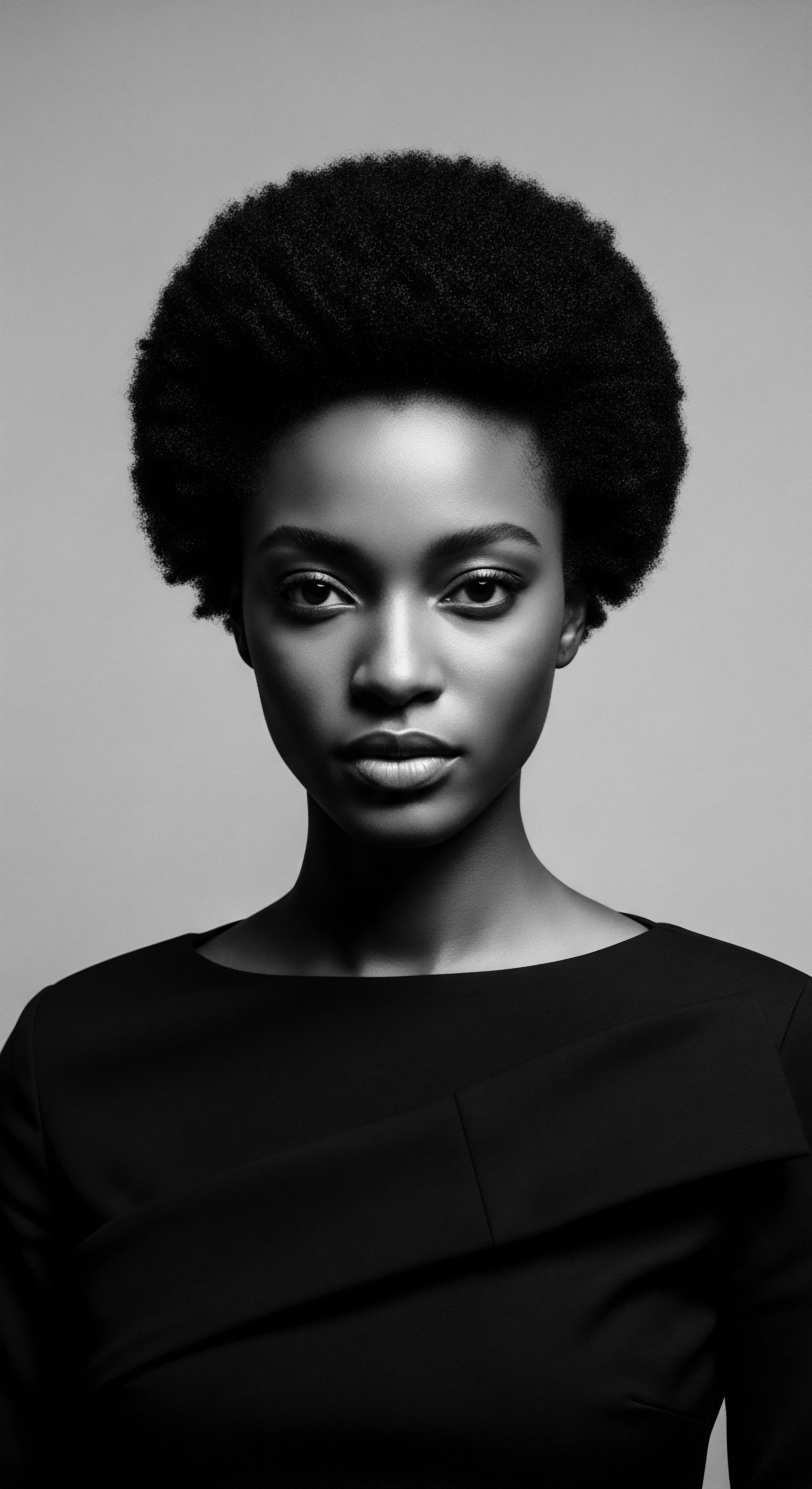
What role did head coverings play in protecting historical hair?
Head coverings physically shielded hair from harm, maintained moisture, and became symbols of cultural identity and heritage for textured hair communities.
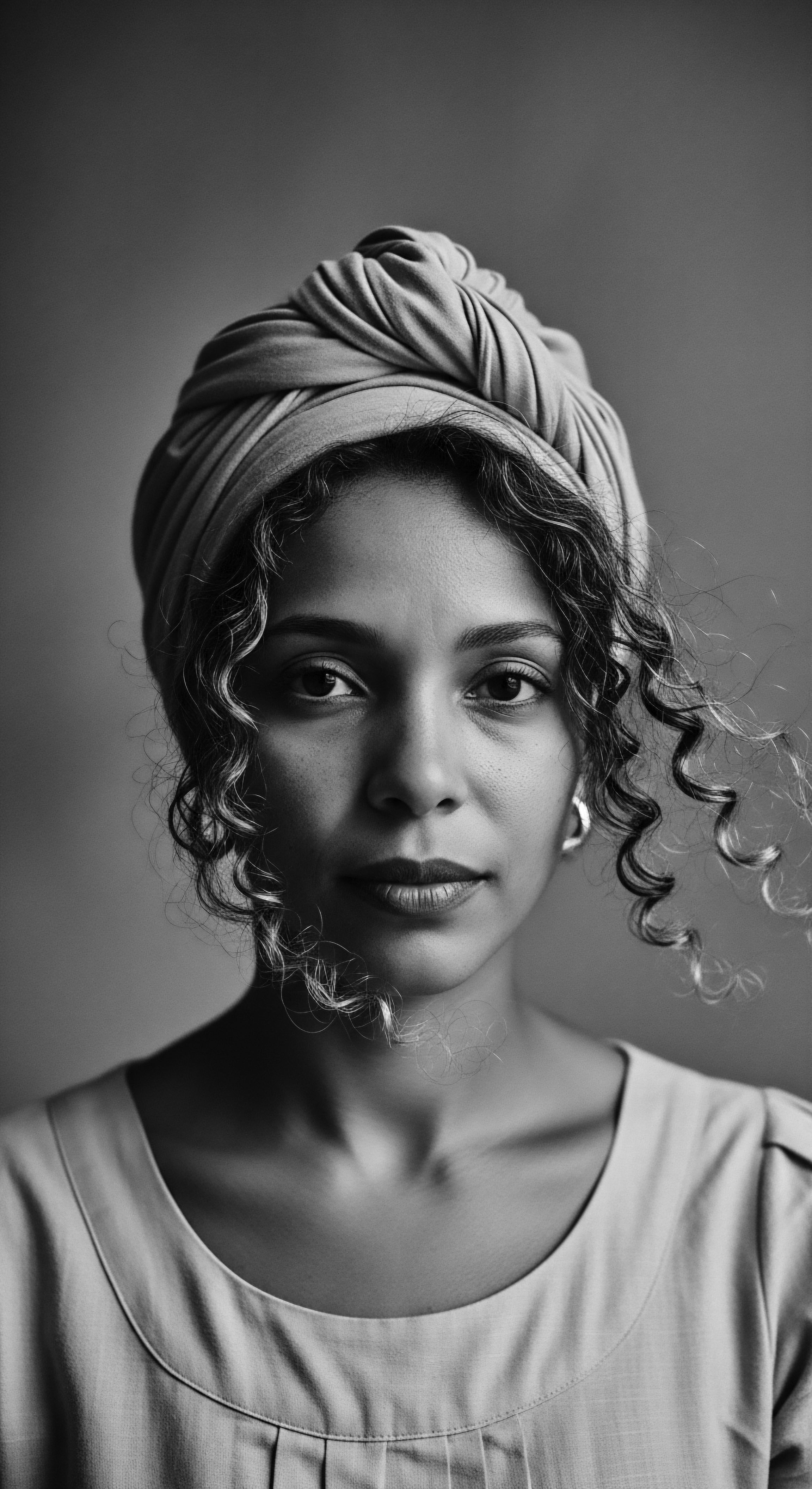
Silk Head Wraps
Meaning ❉ A silk head wrap is a protective and culturally significant textile, preserving textured hair health and symbolizing enduring heritage.

How do historical bonnets protect textured hair?
Historical bonnets protected textured hair by reducing friction, retaining moisture, and preserving styles, a practice deeply rooted in Black hair heritage and ancestral wisdom.
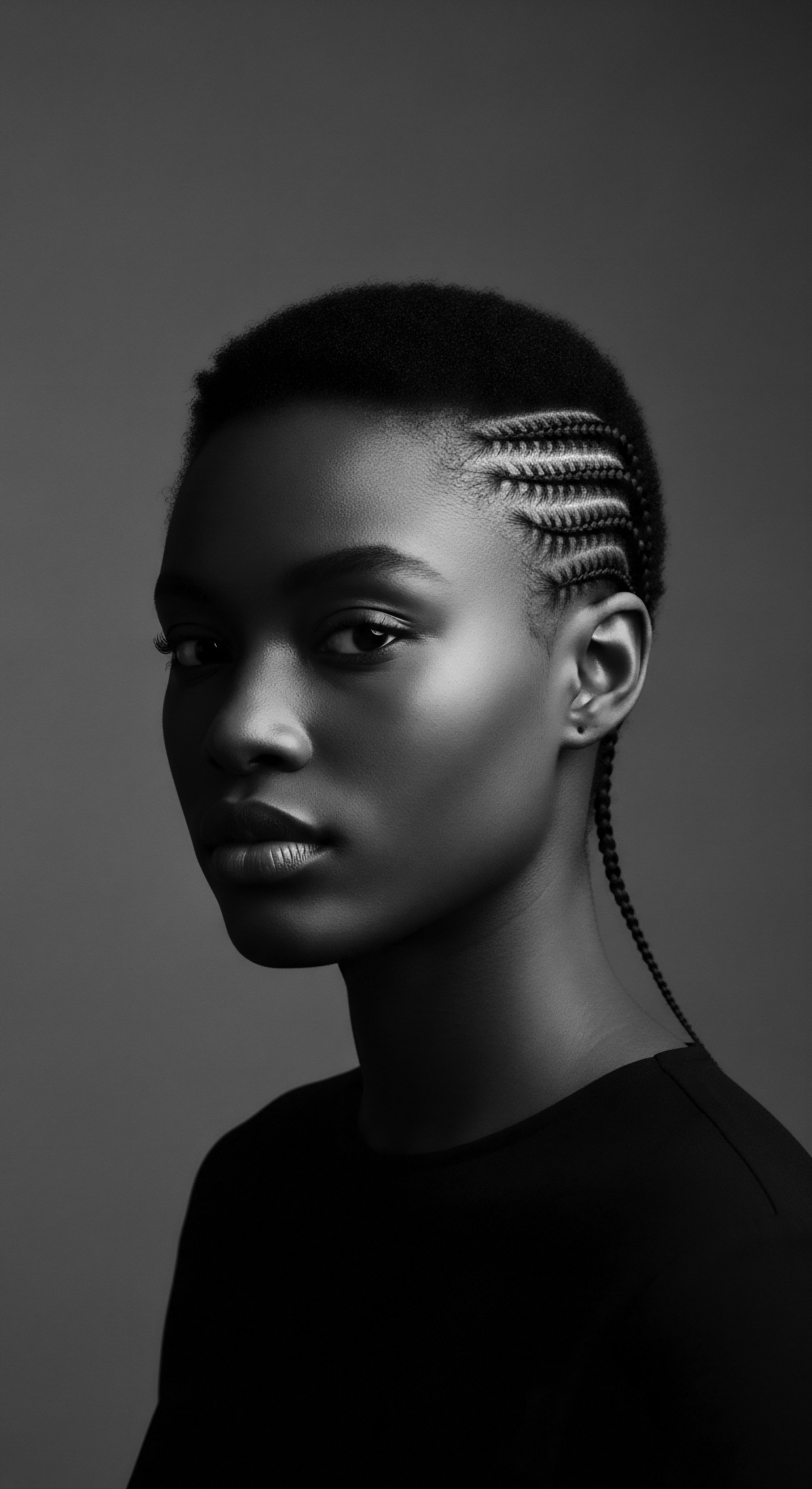
How did headwraps become symbols of cultural pride?
Headwraps became symbols of cultural pride through a heritage of ancestral adornment, forced subjugation, and deliberate reclamation by individuals with textured hair.
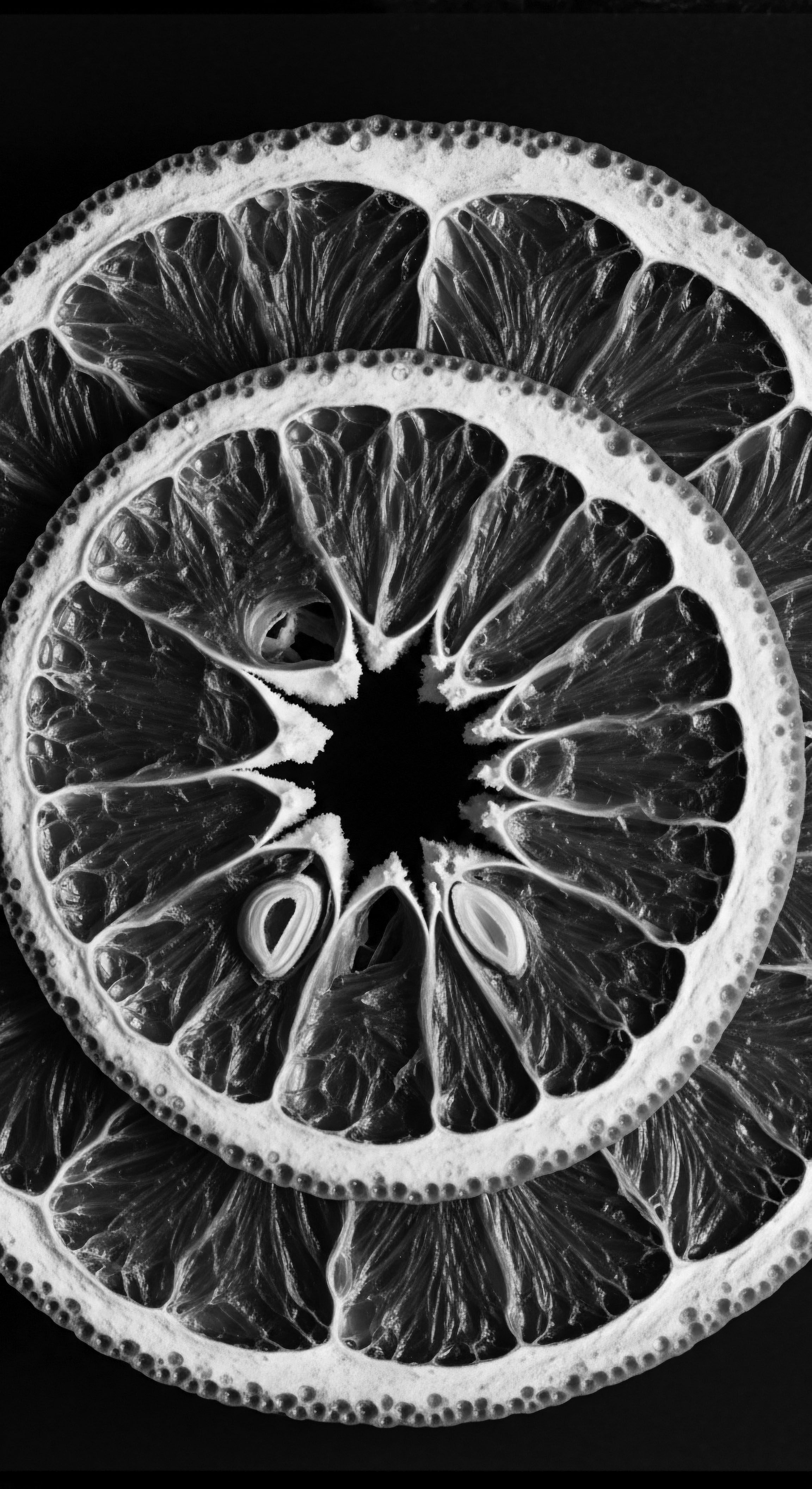
Did head coverings protect textured hair from historical elements?
Head coverings historically served as a vital shield for textured hair, preserving its integrity from environmental stressors and connecting to a rich ancestral legacy.
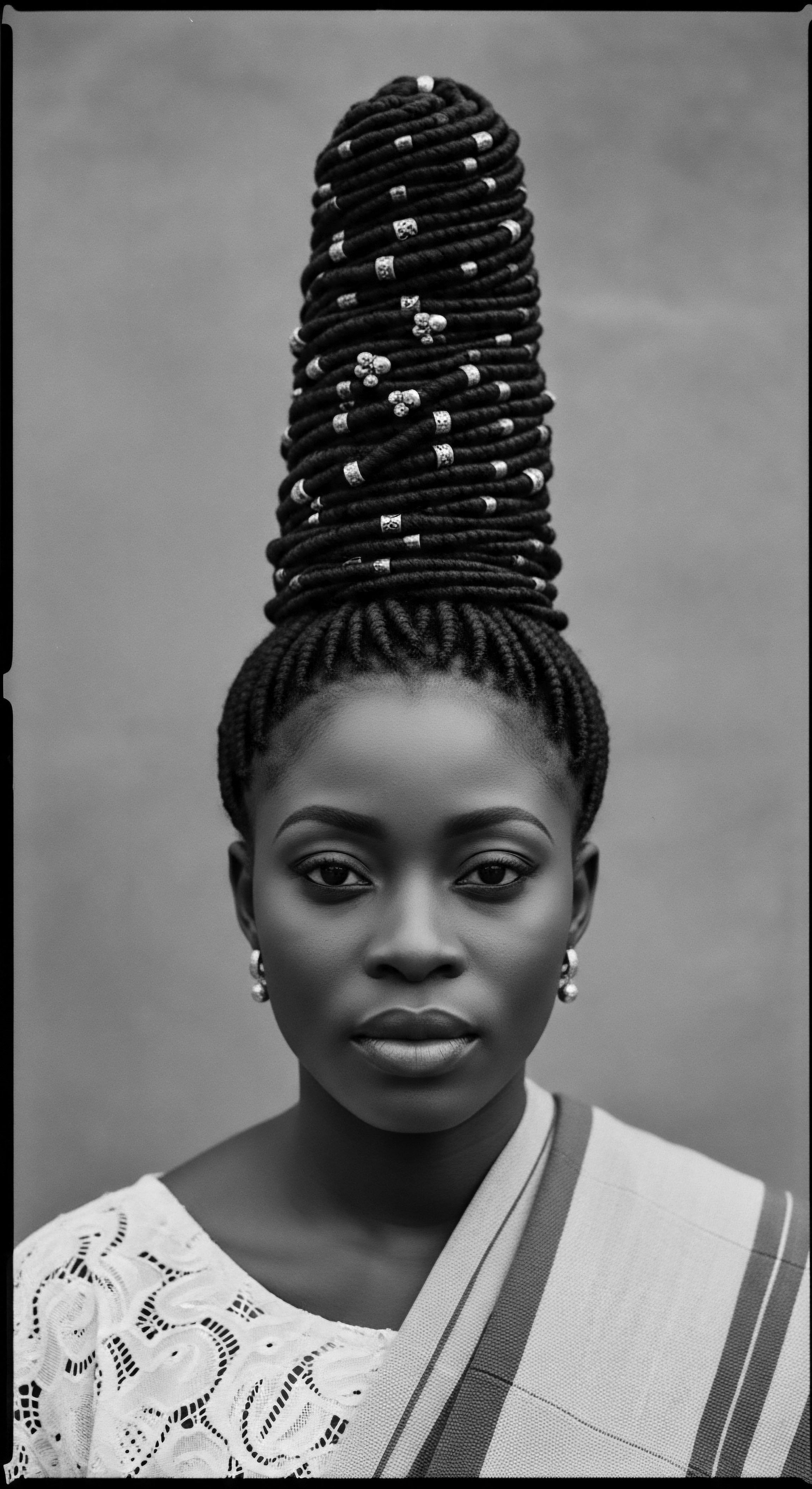
Ancient Headwear
Meaning ❉ Ancient Headwear represents historical coverings and adornments for hair, deeply tied to protection, cultural identity, and ancestral practices for textured hair.

What is the ancestral significance of head coverings for textured hair?
Head coverings for textured hair hold ancestral significance as symbols of protection, status, spiritual connection, and enduring cultural heritage.
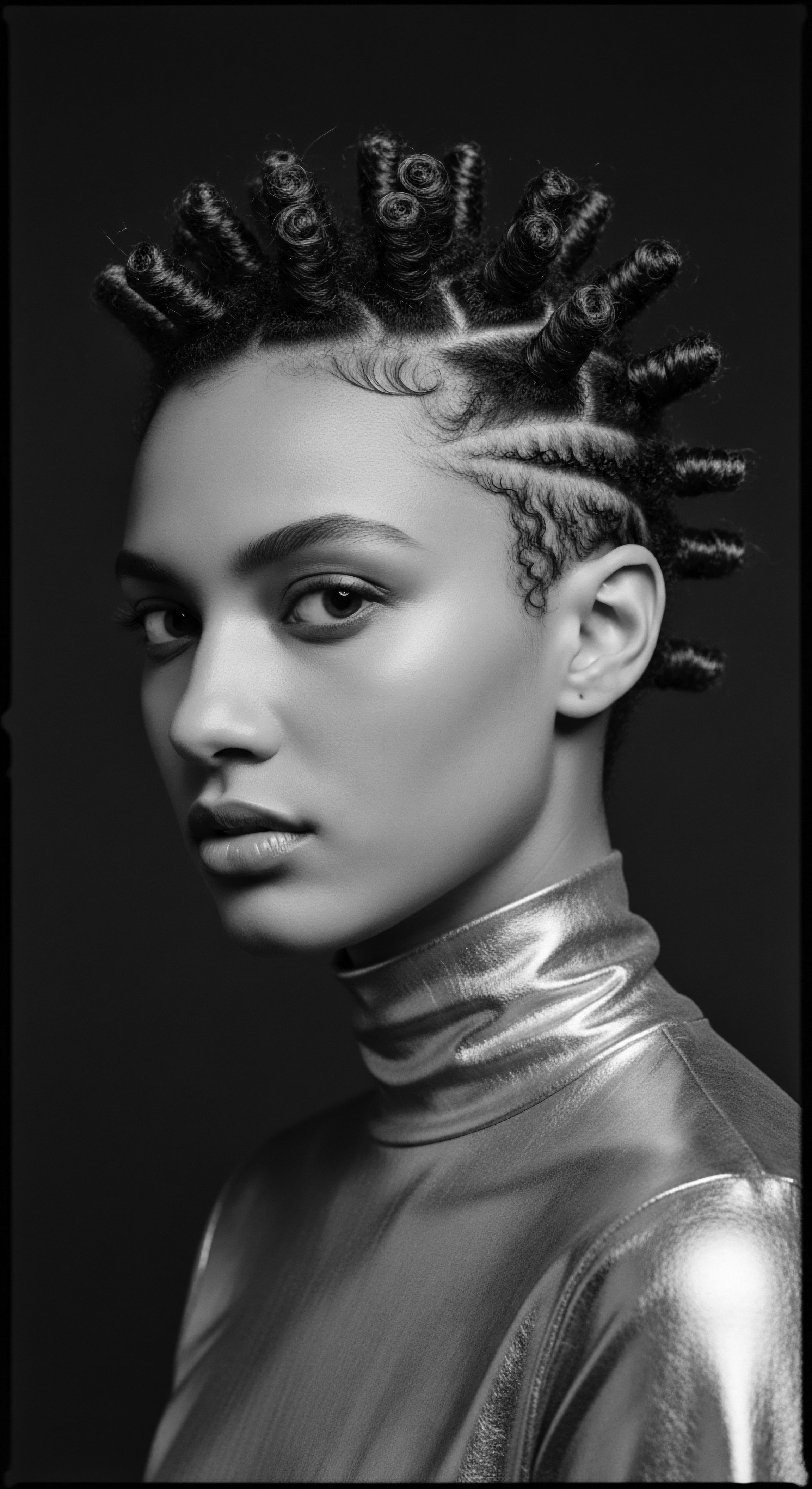
Hair Wrapping Traditions
Meaning ❉ Hair Wrapping Traditions enclose hair with fabric for protection, cultural expression, and a powerful connection to ancestral Black and mixed-race heritage.

Headwear Fabric Properties
Meaning ❉ Headwear Fabric Properties denote a textile's attributes, such as smoothness and breathability, profoundly influencing the health and vitality of textured hair rooted in ancestral care practices.
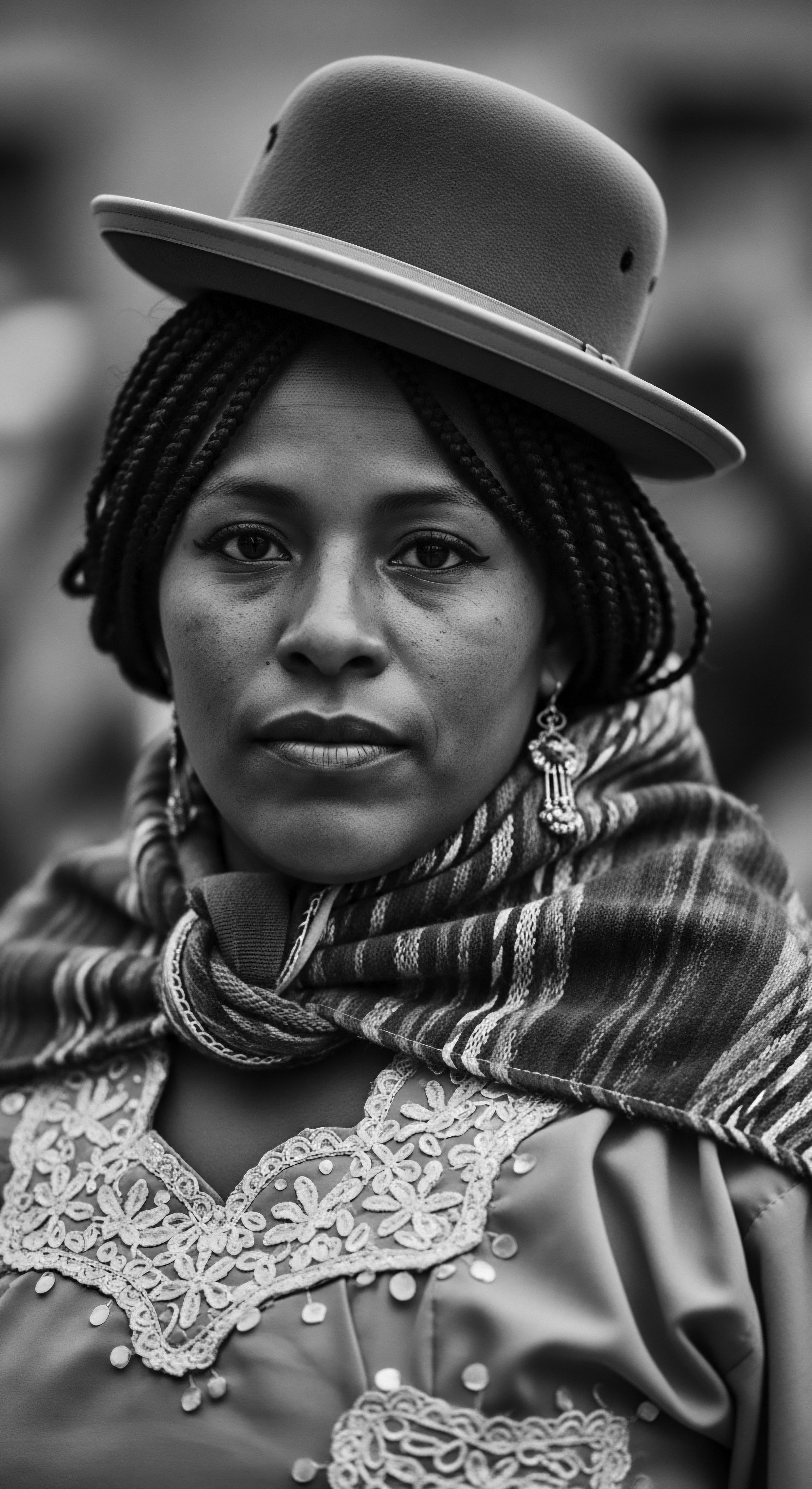
Gele Headwrap Heritage
Meaning ❉ The Gele Headwrap Heritage is a deep designation of cultural identity and hair protection, rooted in ancestral practices and diasporic resilience.
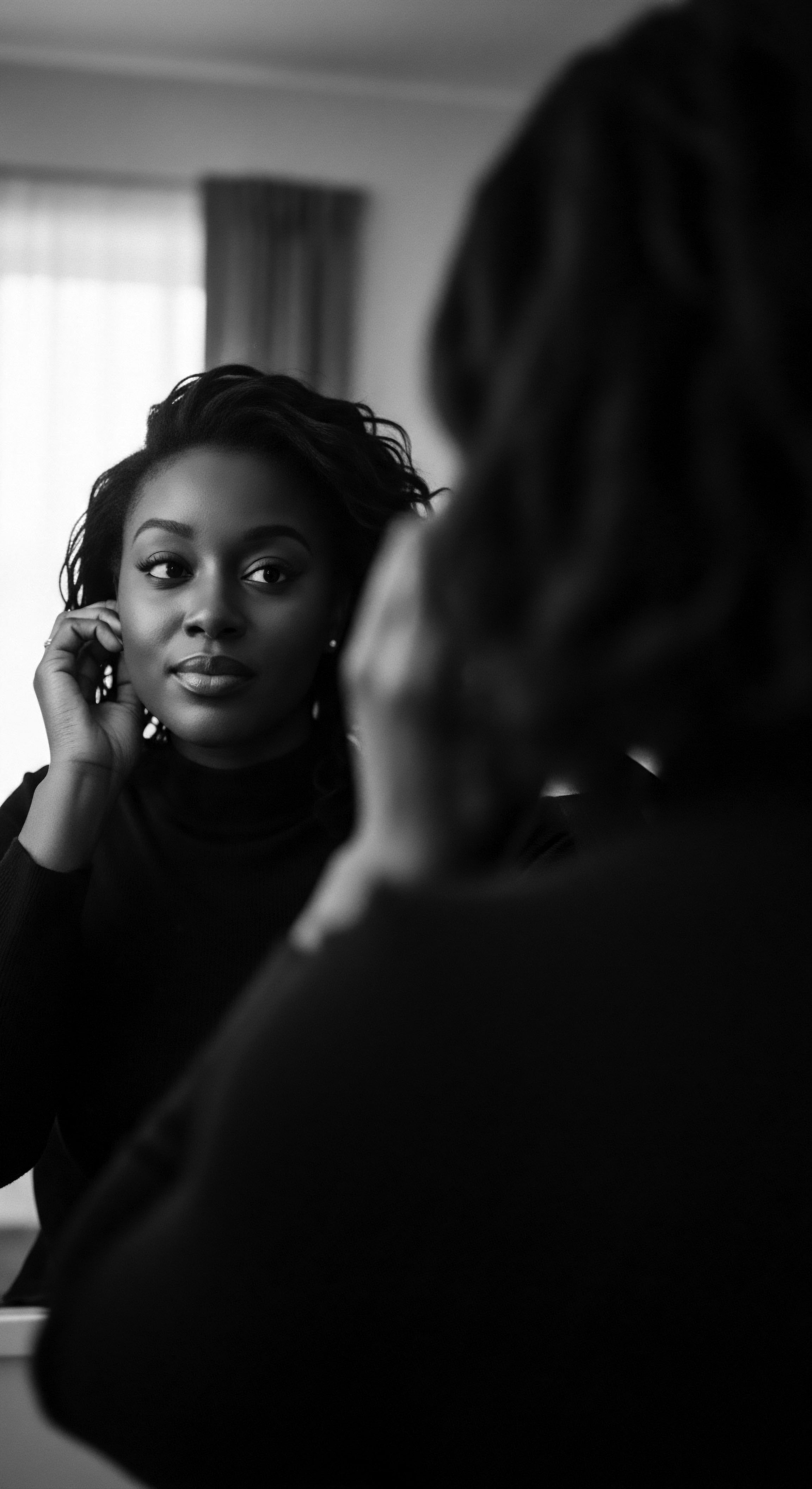
Did linen provide effective historical sleep protection for textured hair?
Linen's historical use offered breathability and moisture-wicking benefits for comfort, but its texture suggests it was less effective for textured hair protection than smoother alternatives like silk.
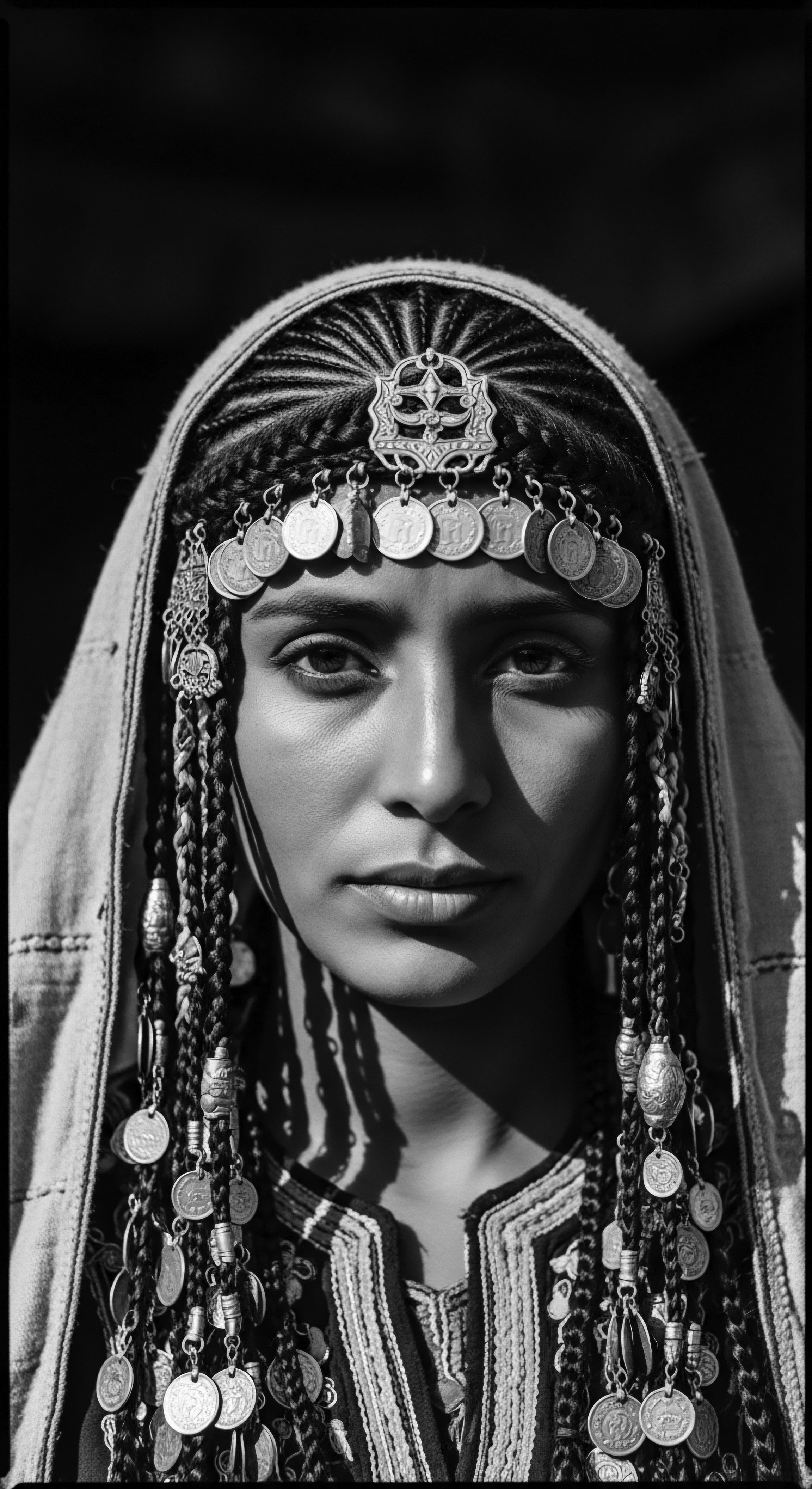
Gargush Headpiece
Meaning ❉ The Gargush Headpiece is an ancestral adornment embodying protective function, cultural identity, and deep wisdom for textured hair.
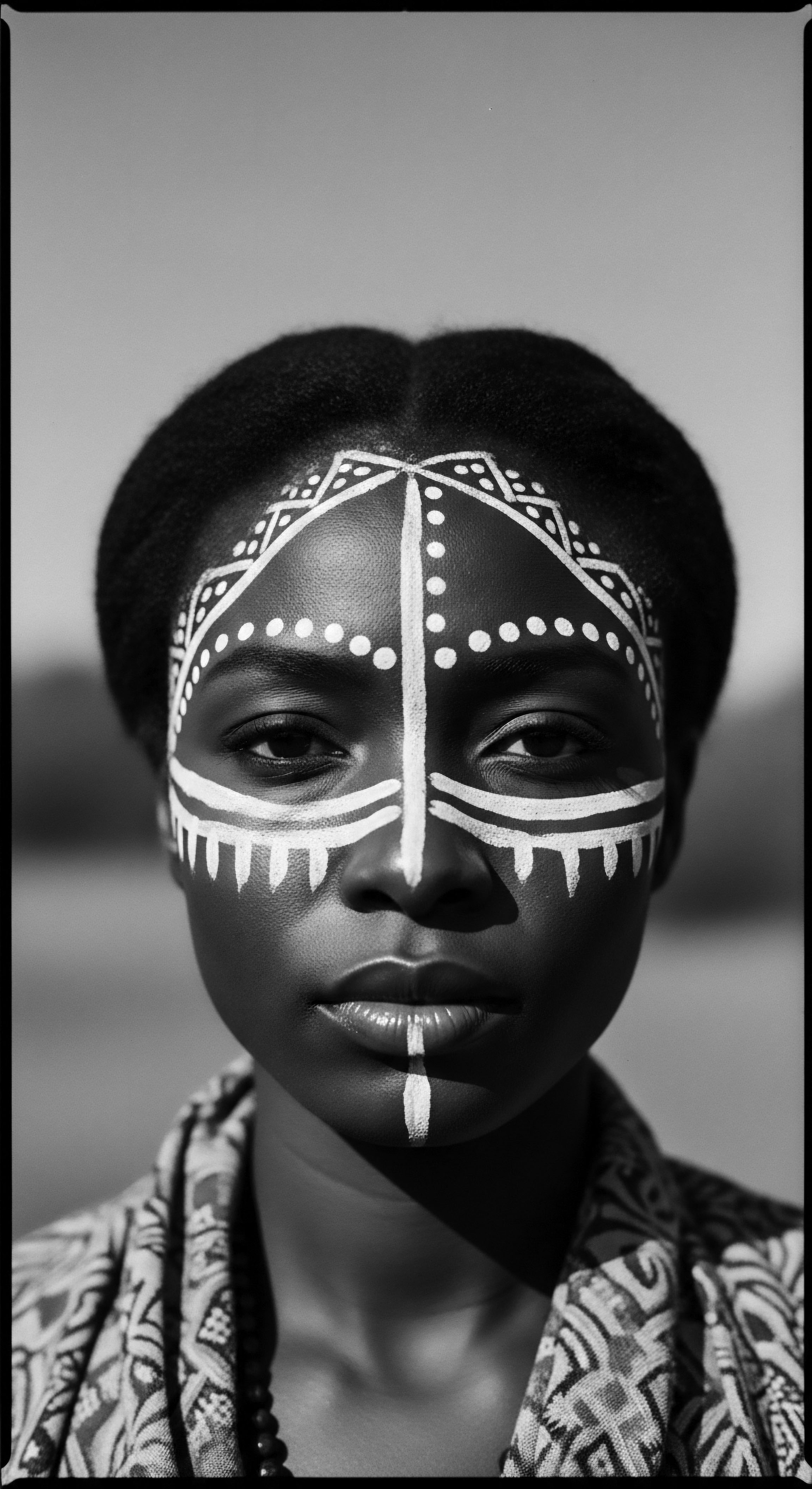
Skull Adornment
Meaning ❉ Skull Adornment is the profound interplay of biology, ancestral practices, and cultural expression manifested upon the human cranium and its hair.
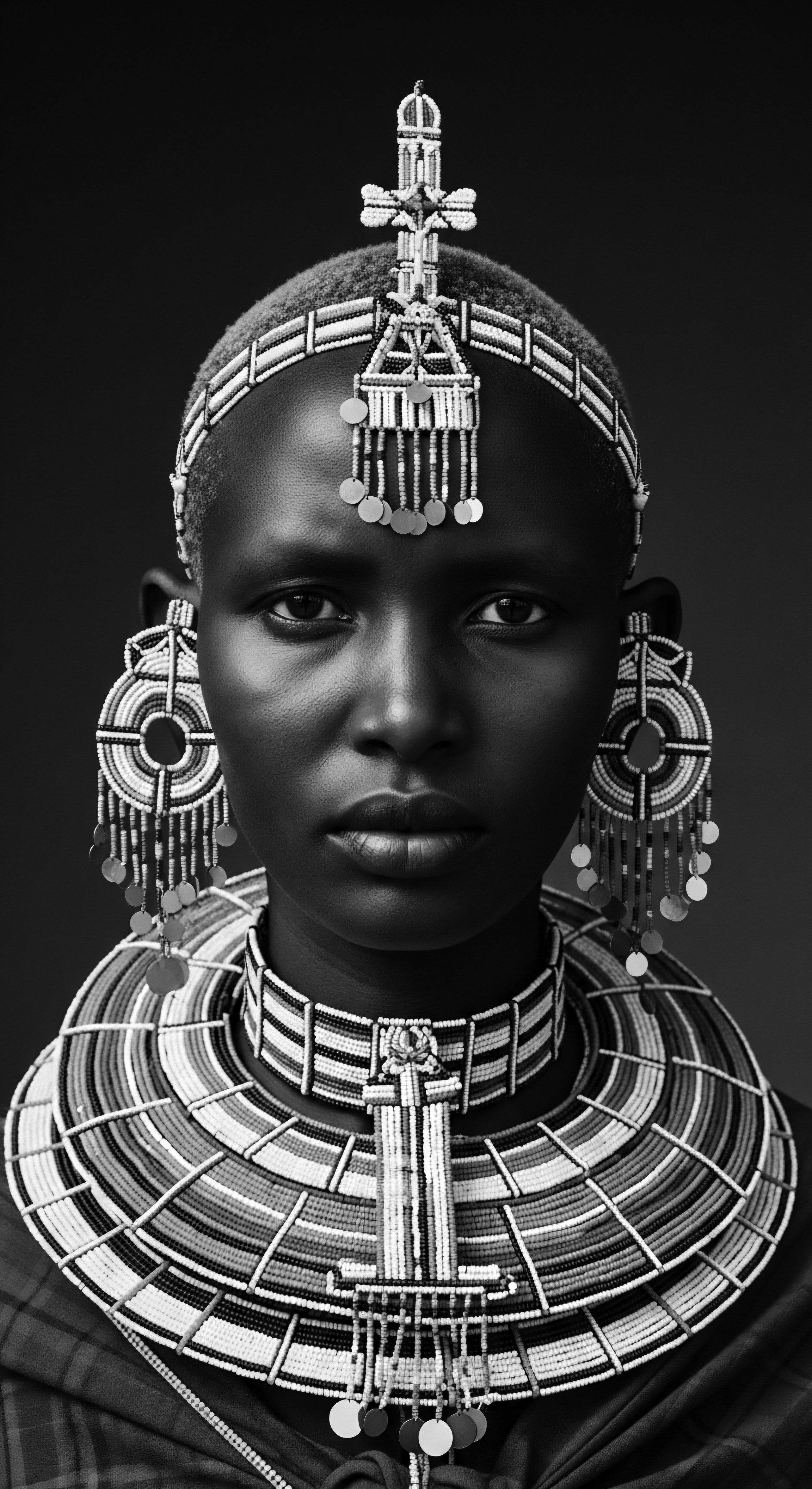
Ancient Mesopotamian Headdress
Meaning ❉ The Ancient Mesopotamian Headdress is a profound cultural marker of identity and status, deeply intertwined with historical hair practices.
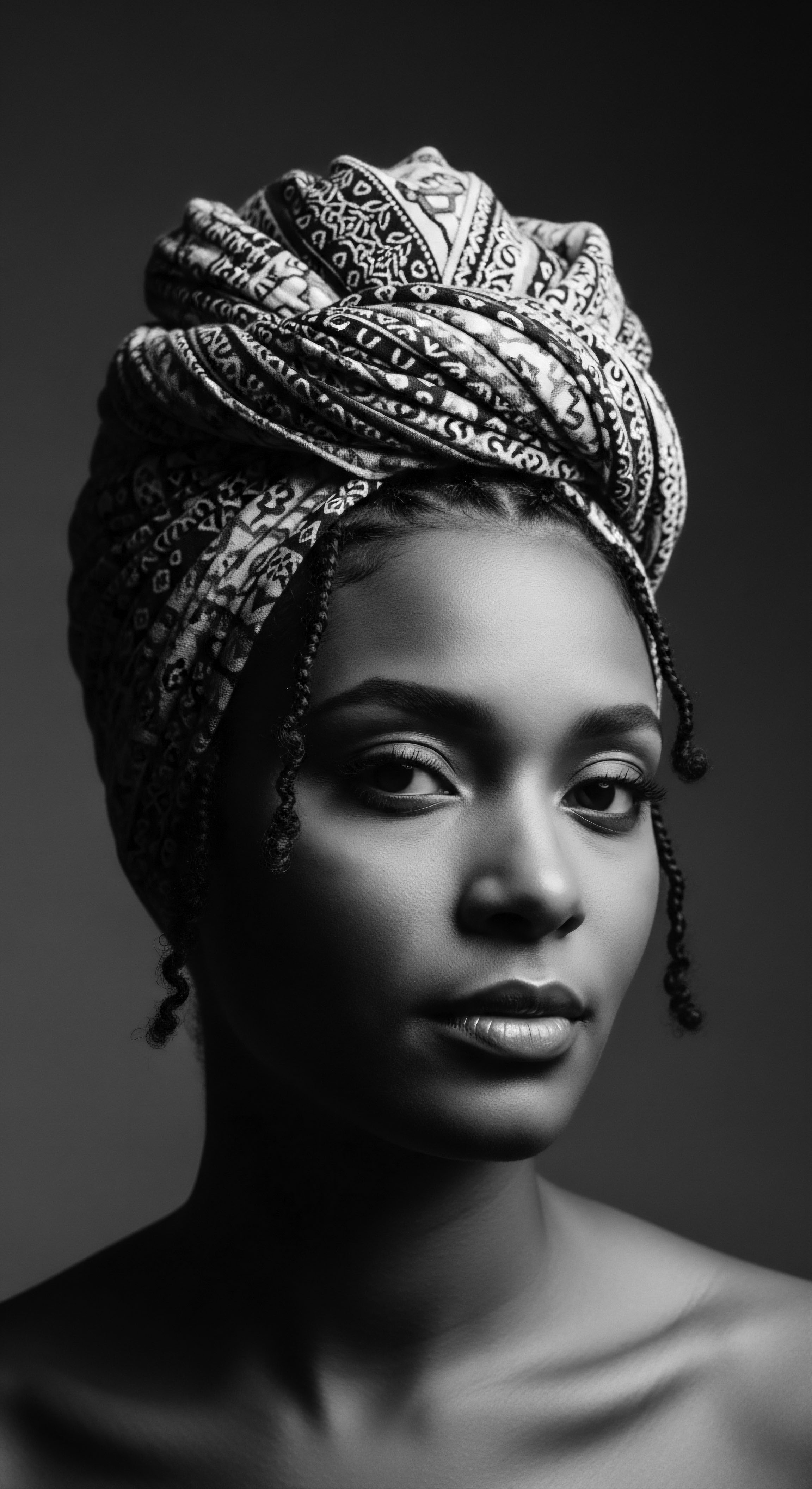
How did traditional head wraps shield textured hair from environmental elements?
Traditional head wraps physically shield textured hair from environmental stressors and aid moisture retention, affirming deep cultural **heritage**.

